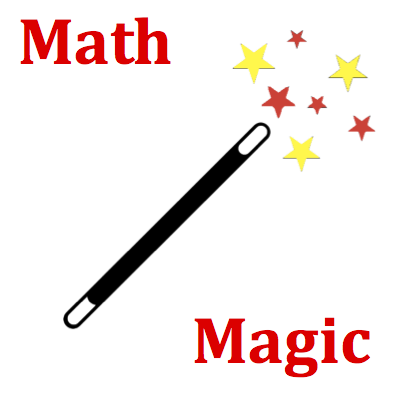Mission VP5 Vector Components

Consider the vector below. Its x- and y- components are best represented by ... .


A vector component is a projection of a vector onto the horizontal or vertical axis.

Mathematically, a component is simply a projection of a vector onto an axis. To determine the components using a diagram, first draw the vector. Then sketch the x-y coordinate axes at the tail of the vector. From the arrowhead of the vector, sketch reference lines across to each of the coordinate axes such that the lines meet the axes in a perpendicular orientation to it. The x-component stretches along the x-axis from the tail of the vector to the location where the reference line meets the x-axis. The y-component stretches along the y-axis from the tail of the vector to the location where the reference line meets the y-axis.
